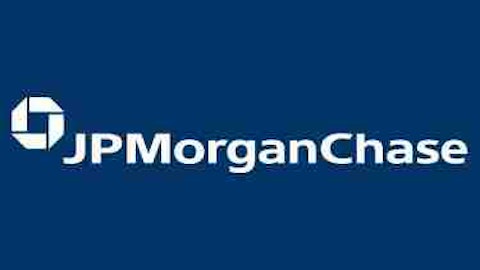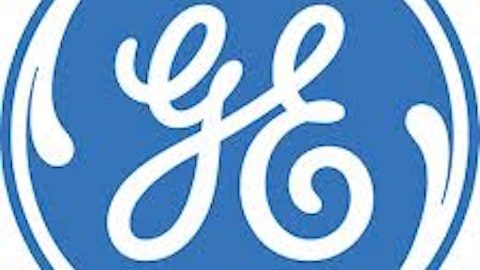
Earning highlights
The bank made virtually no headway in its most recent earnings report in terms of revenue. It reported flat revenues, with no year-over-year revenue growth. To address this, Wells Fargo & Co (NYSE:WFC) has stepped up efforts to increase the cross-selling of its financial products and has also increased the amount of lending it does. In the second quarter, Wells Fargo reported a 4% increase in average loans and reported a 6% year-over-year improvement in average core deposits.
Wells Fargo did report a 19% year-over-year growth in net income. The growth in net income was primarily driven by a 64% decline in the company’s provision for credit losses. The company reported a 4% decline in net interest revenue, but off-set that decline with a 4% improvement in non-interest income. Wells Fargo & Co (NYSE:WFC) earns half of its revenue from lending, and half of it from financial services. This even split allows for the company’s opposing segments to offset declines against the other.
The company reported earnings of $0.98 per share. Analysts on a consensus basis were expecting earnings of $0.93 per share for the quarter. The company narrowly beat the consensus estimate by 5.4%.
Growth opportunities
The growth in lending is negative impacted by the reserve requirements required for the bank, which is estimated to be 9.3% based on a Basel 3 tier 1 common ratio (a regulatory standard that imposes the amount of capital a bank should hold relative to its lending.) Currently Wells Fargo & Co (NYSE:WFC) has a 10.73% tier 1 common equity ratio (Basel 3.)
The hoped-for outcome is that the bank is able to improve the size of its lending portfolio at the same growth rate that deposits increase by. The bank could potentially increase its lending rate to match the rate of increase of its deposits (a 6% growth in lending) and maintain the Basel 3 requirements.
The assumed rate of growth for the next five years is 7.38%. The company may sustain higher rates of growth if it increases its amount of lending, generates modest improvements in cross-selling, implements a large share buy-back program, and makes mild cutbacks on operating expenditures.
A positive upside catalyst over the long-term is rising mortgage interest rates. The negative repercussion of rate changes will be felt over the short-term due to write-downs on the value of longer-dated debt securities that were refinanced at lower interest rates. The company’s mark-to-market accounting practices will have more of an implicit impact on earnings and will not affect cash flow.
The growth of JPMorgan Chase and Citigroup
It’s important to remember that paper losses are still losses, and investors should anticipate these effects to have a more drastic effect on a consumer bank like Wells Fargo & Co (NYSE:WFC). Banks that may experience less of an issue with paper asset write-downs include universal banks like JPMorgan Chase & Co. (NYSE:JPM) and Citigroup Inc (NYSE:C). Citigroup Inc (NYSE:C) may be the best hedged against interest-related risks as the bank operates its business across the globe; this allows it to offset interest-related losses from one geographic area with gains in another.



